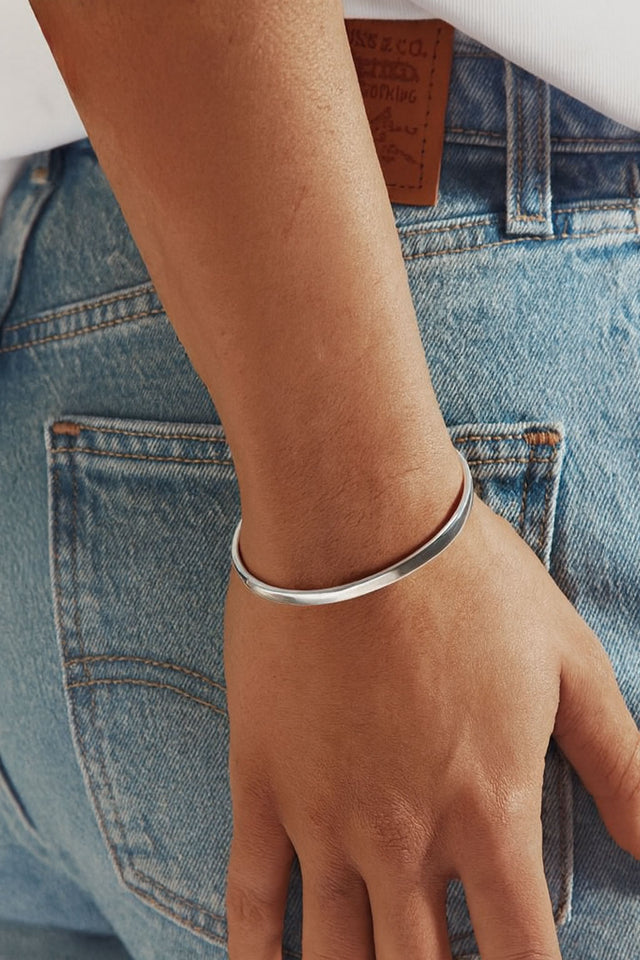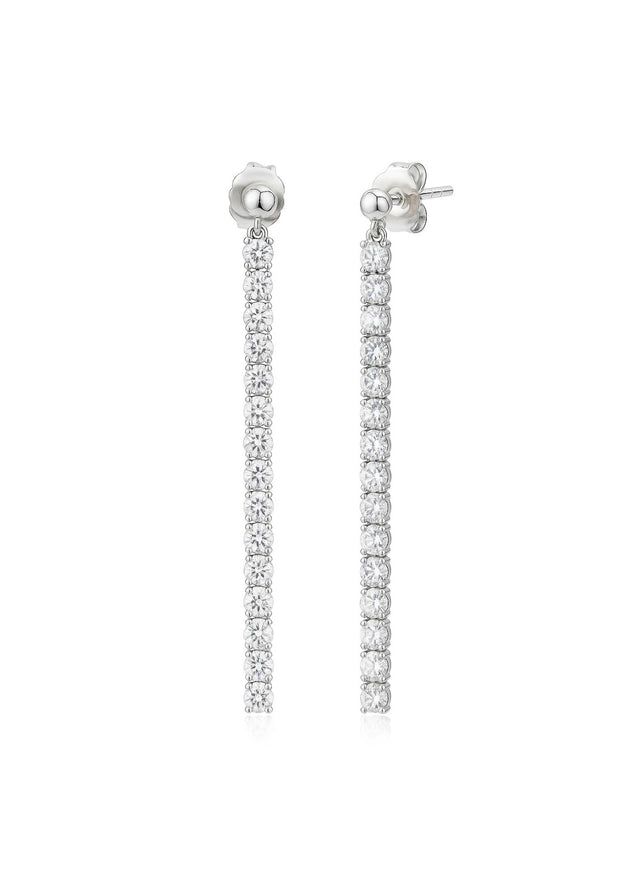How to clean silver jewelry
With a polishing cloth or polishing agent
A A silver polishing cloth is a good thing to have at home. Polish clean smooth surfaces with a polishing cloth and more detailed jewelry or heavily oxidized jewelry with liquid polish . Liquid polish is also good for cleaning silver chains and matte-finished jewelry.
Dishwashing liquid & water
Wear your silver jewelry regularly
Genuine silver jewelry stays white and beautiful best when you use it regularly. Wear your silver jewelry every day and it will retain its color.
When sterling silver jewelry is left lying around, it oxidizes/darkens due to sulfur and humidity, which is easily remedied with the right polishing method.
Store your silver jewelry correctly
To prevent your jewelry from turning black and oxidizing, store your silver jewelry in boxes, airtight bags or jewelry boxes . Always save the boxes you received when you bought your silver jewelry. They are perfect for storing your jewelry in. When you store your silver jewelry correctly, you protect your jewelry from dust and dirt. Also, remember to separate the jewelry in storage to avoid unnecessary scratches and marks.
Discover our beautiful jewelry boxes . Practical storage for your jewelry for home and travel.
Scratches that carry the story of your life
Scratches that occur during use are inevitable. Over time, the scratches become more numerous and denser, and the surface looks almost shiny again. The jewelry acquires a patina and carries the history of your life.
If you want to give your jewelry a new shiny finish, you can send your silver jewelry to a gold/silversmith for regrinding and polishing.
We polish jewelry purchased at Mila Silver.
Genuine silver jewelry can often be repaired.
A piece of silver jewelry can often be repaired if an accident occurs.
Cheaper chains are not worth repairing, but a deep scratch or a silver part that has broken can usually be soldered back together. Consult a gold/silversmith near you.
Westore jewelry purchased at Mila Silver.
Make something new out of silver jewelry you don't use
Silver is a precious metal that can be melted down to be made into new jewelry.
If you have old silver jewelry that you no longer use, you can hand it in for melting down or reworking at a gold/silversmith.
CARE INSTRUCTIONS FOR SILVER EARRINGS
Separate your earrings when storing
How to clean your sterling silver earrings
For silver earrings, we recommend liquid silver polish for silver.
You dip the earring in the small basket that comes with it and then rinse with water.
If your earrings have large, smooth surfaces, you can polish them with a polishing cloth . However, be careful with the pin so that it doesn't bend.
CARE ADVICE FOR SILVER RINGS
How to polish your silver rings
CARE ADVICE SILVER NECKLACE
You can clean your necklace from sweat and skin deposits with a drop of dish soap and lukewarm water. If the necklace has started to oxidize, the easiest way to clean it is with liquid cleaner . You dip the chain into the small basket that comes with it and then rinse with water.
CARE ADVICE SILVER BRACELET
Polishing stiff silver bracelets
/ Maria Laakso
Owner and designer at Mila Silver
































